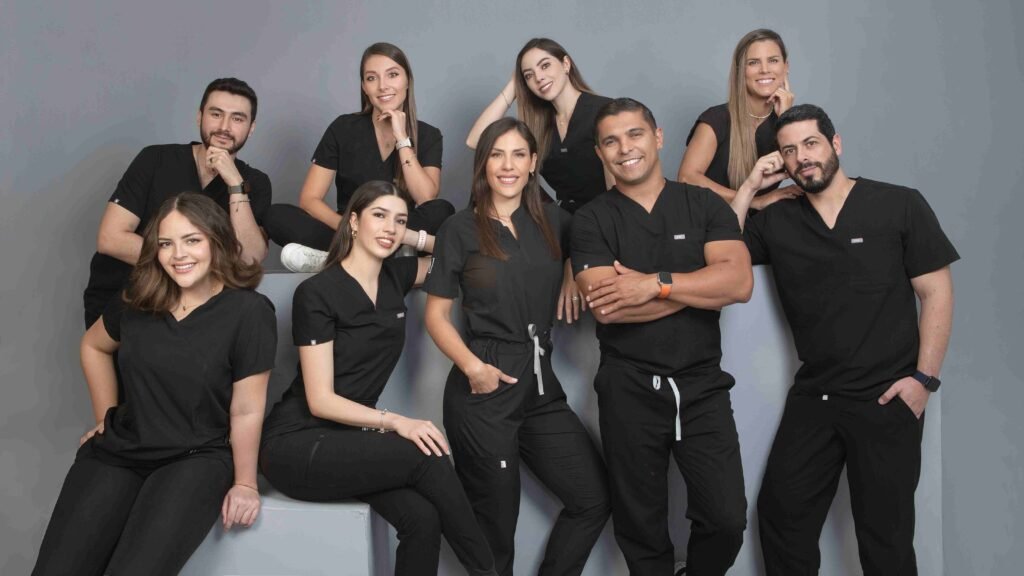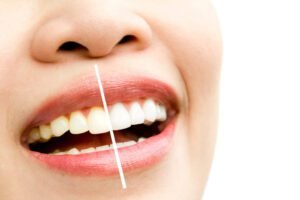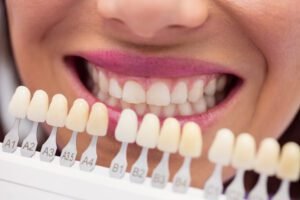Choosing between braces and aligners isn’t a trend; it’s about deciding how to balance control, treatment time, and aesthetics based on your case. In my practice in Guadalajara, I say it straight: “when I need speed and fine control, braces are still my favorite tool”. That said, aligners offer a discreet and hygienic option for very consistent patients. If you’d like to understand both paths before deciding, check out our services and request a professional evaluation.
— I want to compare my options with a specialist → Meet our specialists and schedule an evaluation. Am Dental Studio GDL
What’s the real difference? (control, timing, aesthetics, hygiene)
If I had to sum it up: braces = greater biomechanical control and predictability in complex cases; aligners = aesthetics, hygiene, and daily comfort… as long as you stick to the prescribed wear time.
- Control and versatility. Braces allow you to combine archwires, elastics, mini-screws, and other biomechanics for difficult movements (significant rotations, anterior extrusions, complex closures). If you’d like to read about our line of braces, here’s the informational page (in English):
In my experience: “when I need ‘micro-adjustments’ without surprises, braces give me more flexibility and less dependence on patient compliance.” - Real timelines. Aligners are not automatically faster. Their duration depends on your discipline. If you take them out outside the recommended time, the plan gets extended. To know if this system is right for you, check out our guide: Aligners: everything you need to know.
- Aesthetics and comfort. This is where aligners shine: nearly invisible, removable for eating and brushing.
- Hygiene and emergencies. With aligners, there are fewer sores and cleaning is easier; with braces, you’ll need specific brushing techniques and occasional adjustments.
When is each option best? (quick guide based on your case)
Ideal cases for braces (rotations, extrusions, high complexity)

- Marked canine/premolar rotations.
- Challenging anterior or vertical extrusions.
- Complex open/closed bite cases.
- Need for absolute anchorage (mini-screws).
- Patients with variable compliance (better not to rely on 22 hrs/day). In my daily practice: “if I know perfect aligner wear will be a challenge, I recommend braces: we remove that variable from the equation.”
Ideal cases for aligners (mild–moderate and highly disciplined)

- Mild to moderate crowding and small diastemas.
- Aesthetic improvement without fixed braces (events, public-facing work).
- Patients who are very disciplined (consistent wear and aligner changes according to schedule).
- Sensitive periodontium: easier cleaning can be an advantage.
— I want to dive deeper before deciding → 15 facts about Invisalign you should know.
10 common myths about aligners… debunked by an orthodontist

- “They’re faster than braces.” It depends on the case; with perfect wear they can sometimes match, but they’re not magic.
- “They work for every case.” No: certain movements are still more predictable with braces.
- “If I take them out once in a while, it’s no big deal.” It is a big deal: it extends treatment time and reduces control.
- “They don’t require visits.” They require checkups and often refinements.
- “There’s no discomfort.” Fewer sores, yes; but there’s pressure with each new tray.
- “All brands are the same.” Planning, materials, and the orthodontist’s experience make the difference.
- “Aligners cause more cavities.” In fact, hygiene is usually easier if you follow instructions.
- “I can eat with them.” Not recommended: take them out to eat and brush before putting them back in.
- “I’ll never need elastics.” Sometimes you will, depending on the movement.
- “Once I finish, that’s it.” You’ll always need retention (regardless of the system).
Practical comparison: treatment time, visits, emergencies, hygiene, and approximate costs
| Parameter | Braces (conventional) | Aligners (invisible) |
|---|---|---|
| Complex case control | ▲▲▲ High (varied biomechanics) | ▲ Medium (some limits) |
| Patient compliance | ▲ Low–Medium | ▲▲▲ High (consistent wear required) |
| Typical treatment time | Consistent in complex cases | Highly variable depending on wear |
| Comfort / aesthetics | Less discreet | Very high |
| Hygiene | Requires careful technique | Easier (removable) |
| Emergencies | Some adjustments may cause discomfort | Rare (if a tray is lost) |
| Visits | Periodic activations | Check-ups + tray changes |
Your first evaluation in Guadalajara: specialist diagnosis and a clear plan
At the first visit we carry out a clinical history, photography, study/scan, and an honest conversation about your lifestyle (key if you’re considering aligners). You’ll leave with a comparative plan: what we can achieve with braces vs. aligners, risks, estimated treatment time, and care instructions.
My way of working: “I prefer that you make the decision with all the information: if aligners aren’t your best option, I’ll tell you; if they are, I’ll tell you too.”
— Ready to decide with a clear plan → Leave your information in Services and we’ll contact you for your evaluation. If you’d like to learn more about our team and clinic: About us and Why choose us.

Best Choice
Conclusion
There are no universal winners. Braces provide control and speed in complex scenarios; aligners offer discretion and hygiene if you wear them as prescribed. In my experience, nothing has yet replaced conventional orthodontics when I need maximum control; and when a patient prioritizes aesthetics and is very disciplined, aligners are a solid alternative. The key lies in diagnosis + realistic expectations.





